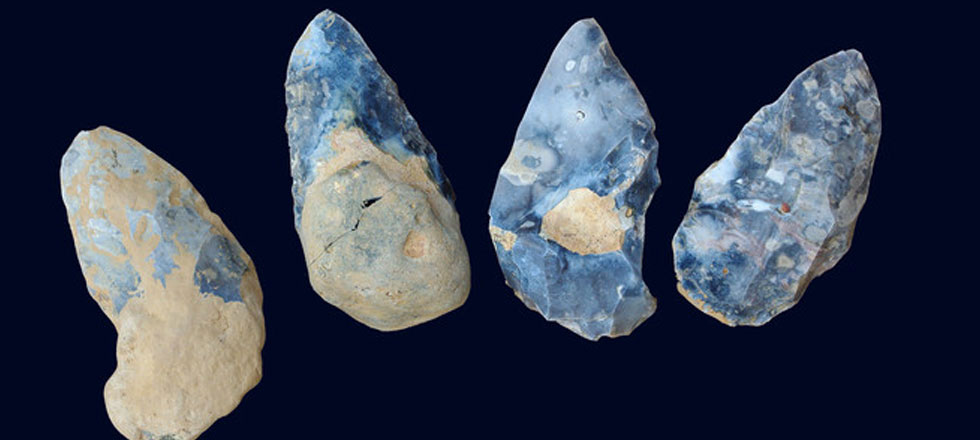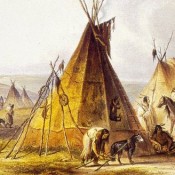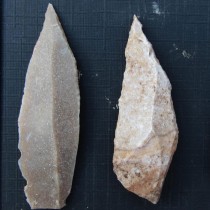The deposits at Etricourt Manancourt in the Picardie region of France documents the history of early European settlements, revealing at least five prehistoric levels, ranging between 300,000 and 80,000 years old.
This discovery resulted from the archaeological work carried out prior to construction of a large canal. Archaeologists from Inrap looked at 17 hectares in 2010, which revealed a Palaeolithic level and more evidence was found in 2012, when 3,200 square metres were excavated over 4 month period.
The most recent occupation comes from the Middle Paleolithic (80,000 years old) and belongs to the Neanderthals. Twenty sites of this period are already known in northern France.
The next two levels are also Neanderthal and belong to the early phase of the Middle Paleolithic during an interglacial period – the Saalian – between 190,000 and 240,000 years old. The discoveries of sites from this period are rare and, in the north of France, only excavations in 1999 (around Beauvais) and Biache St. Vaast in 1976 (Pas-de-Calais) have produced such well preserved contemporary deposits.
Finally, the oldest level is exceptional. Dated to at least 300 000 years, it belongs to the Palaeolithic, Acheulian culture. The flint tools found at this level were shaped either by the last Homo heidelbergensis or by early Neanderthals.
Seven metres deep, the excavation revealed three major climatic cycles through successive glacial and interglacial periods (the Holsteinian the Saalian and Weichselian).
The contents of the 300,000 year layer are perfectly preserved in moist soil conditions and has produced so far several hundred flints including the biface.
The numerous bifaces found today would have been imported by hominids to the site, then left behind after use. They may have served as a butchering knives but that hypothesis has to be confirmed by traceological analysis.
The organic remains (bones and wood) have unfortunately not been preserved due to soil acidity. However, the distribution of remains and lithic studies will provide key elements to reconstruct the behaviour and lifestyle of these early Europeans.




